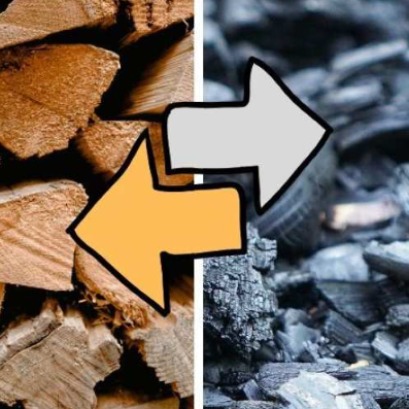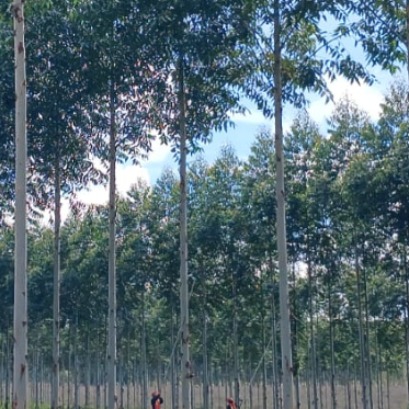
Conventional drying kilns
- Drying kilns for conifers, hardwoods and tropical woods.
- Load capacity:
· CSD front-loaded kiln: 20m³ to 300m³.
· CSD-T tunnel: 80m³ to 500m³.
- Heating can be provided using hot water, overheated water, steam, diathermic oil, gas, heating oil.
- The ventilation system is implemented using reversible, electrical axial-type fans, single or variable speed, providing constant flow in the two directions of rotation.
- Saturated air exchange chimneys with shutters actuated by proportionally-controlled servomotors.
- Humidification system: 3 Bar or high pressure 80 Bar.
- Electronic control unit for full drying cycle management.
- LAN Internet connection for PCs, tablets or smartphones for remote management of up to 32 kiln chambers at the same time and access to the Termolegno support portal.

IT MAY INTEREST YOU
 Canadian researchers make biochar from wood waste that rivals steel in strength
Canadian researchers make biochar from wood waste that rivals steel in strength
Researchers at the University of Toronto have developed monolithic biochar from wood that can reach an axial hardness of up to 2.25 GPa, similar to mild steel.
 Paraguay | The plantations became instruments of territorial development and the generation of decent employment, INFONA highlights.
Paraguay | The plantations became instruments of territorial development and the generation of decent employment, INFONA highlights.
Plantings in different phases, control of ants and weeds, pruning and thinning, mechanized harvest, technology applied to the field and complete integration of the production cycle were part of the CREA Forestal proposal in its Technical Update Conference – JAT Forestal 2025. The event took place on Friday, November 14, at Estancia Ñemity, located in San Juan Nepomuceno, Caazapá, where agricultural producers, technicians, contractors, students and companies in the sector met to observe the forestry business of the future in action.
 Experts cant believe it, but this tree is the oldest in the world and continues to bear fruit: it is 4,000 years old.
Experts cant believe it, but this tree is the oldest in the world and continues to bear fruit: it is 4,000 years old.
Nature keeps secrets that defy the passage of time, and one of the most surprising examples is a tree that, approximately 4,000 years old, continues to bear fruit today. This specimen has become a symbol of resistance and longevity, capable of surviving climate changes, landscape transformations and human activity itself.






















